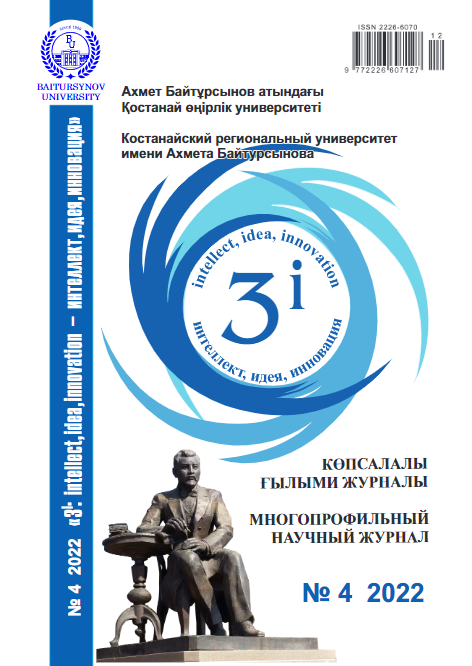FEATURES OF FURROW FORMATION BY ROTARY TILLAGE TOOLS
FEATURES OF FURROW FORMATION BY ROTARY TILLAGE TOOLS
DOI:
https://doi.org/10.52269/22266070_2022_4_149Keywords:
disc tillage tool, rotary tillage tool, furrow, furrow width and length, cutting knife, angle of attackAbstract
Rotary working bodies of soil-cultivating machines and implements are effectively used in surface tillage operations. However, the issues of furrow formation by such working bodies are not fully disclosed. This article presents mathematical models for determining the parameters of the furrow formed by three types of rotary working bodies: spherical with a continuous surface, conical with a slotted surface and a rotary working body with separate cutting knives made along an elliptical line and installed at an acute angle to the axis of rotation. The experiments were carried out with a physical model of a rotary working body with cutting blades made along an elliptical line under controlled conditions in a soil channel filled with sand. The angle of attack during the experiments was 20, 30, 40 degrees, and the kinematic coefficient, which is the ratio of peripheral speed to translational, took the following values - 1; 1.33; 1.8 and 2.2. The cutting knives of the rotary working body, made along an elliptical line, form short grooves having an ellipse shape in cross section, and, at the same time, are deflected from the direction of movement by an angle of 35-90 °, which takes the indicated values depending on the angle of attack and the kinematic coefficient.




